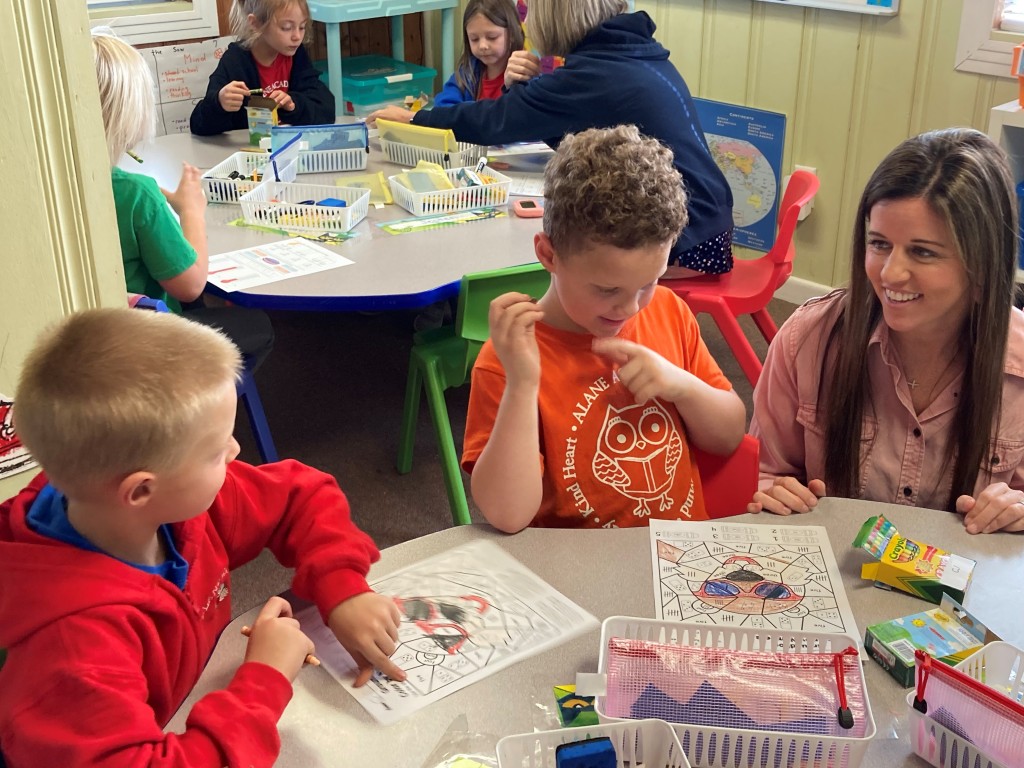
Editor’s note: This article, which discusses a Step Up For Students brief authored by Ron Matus and Deva Hankerson, appeared Tuesday on ocpathink.org.
In this year’s Oklahoma elections, school-choice opponents repeatedly claimed that allowing education funding to follow students to any provider would destroy rural schools and produce no benefit for most rural students.
Voters ultimately rejected those claims and overwhelmingly supported school-choice candidates. The strongest support for school-choice candidates often came from rural counties.
Now a new study from Florida shows that school-choice programs have benefited rural students in that state without harm to local public schools.
“It’s a myth repeated so often and for so long it’s come to be accepted as fact: School choice won’t work in rural areas. But just like so many other myths about school choice—that it destroys traditional public schools, that it doesn’t lead to better academic outcomes, that it lacks accountability—the myth about school choice not working in rural areas doesn’t stand up to scrutiny,” wrote Ron Matus and Dava Hankerson, both officials with Step Up for Students.
In their report, “Rerouting … the Myths of Rural Education Choice,” Matus and Hankerson reviewed data on school choice participation in Florida’s rural counties. The report defined a rural county as any county having less than 100 people per square mile. Thirty counties in Florida met that definition while in Oklahoma 68 counties fall into that category, according to publicly available data.
Matus and Hankerson found that the number of state-supported private school choice scholarships grew in Florida’s 30 rural counties from 1,706 income-based choice scholarships in the 2011-12 school year to 6,992 in 2021-22. Statewide, more than 70 percent of families are eligible for Florida’s income-based scholarships and the average annual family income for students on scholarship is $37,731.
The report found the share of rural students enrolled in private schools also surged, rising from 6,450 rural students in 2011 to 10,965 in 2021, an increase of 70%.
To continue reading, click here.


